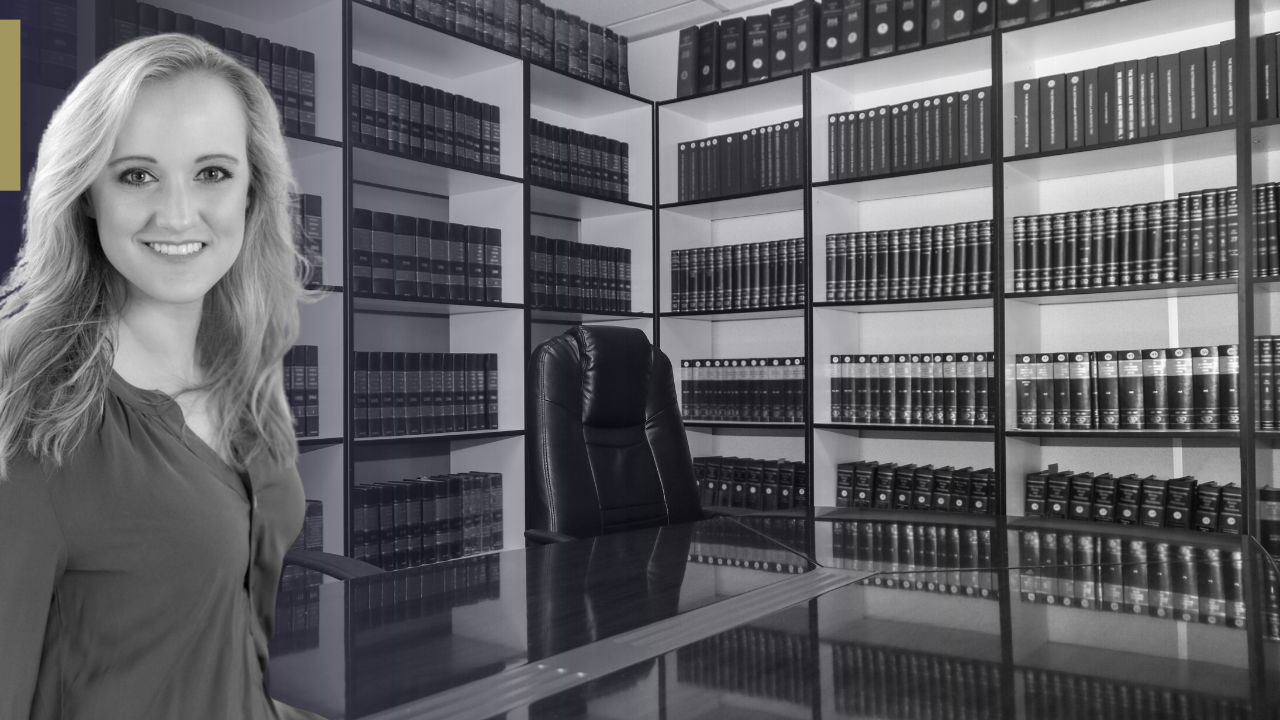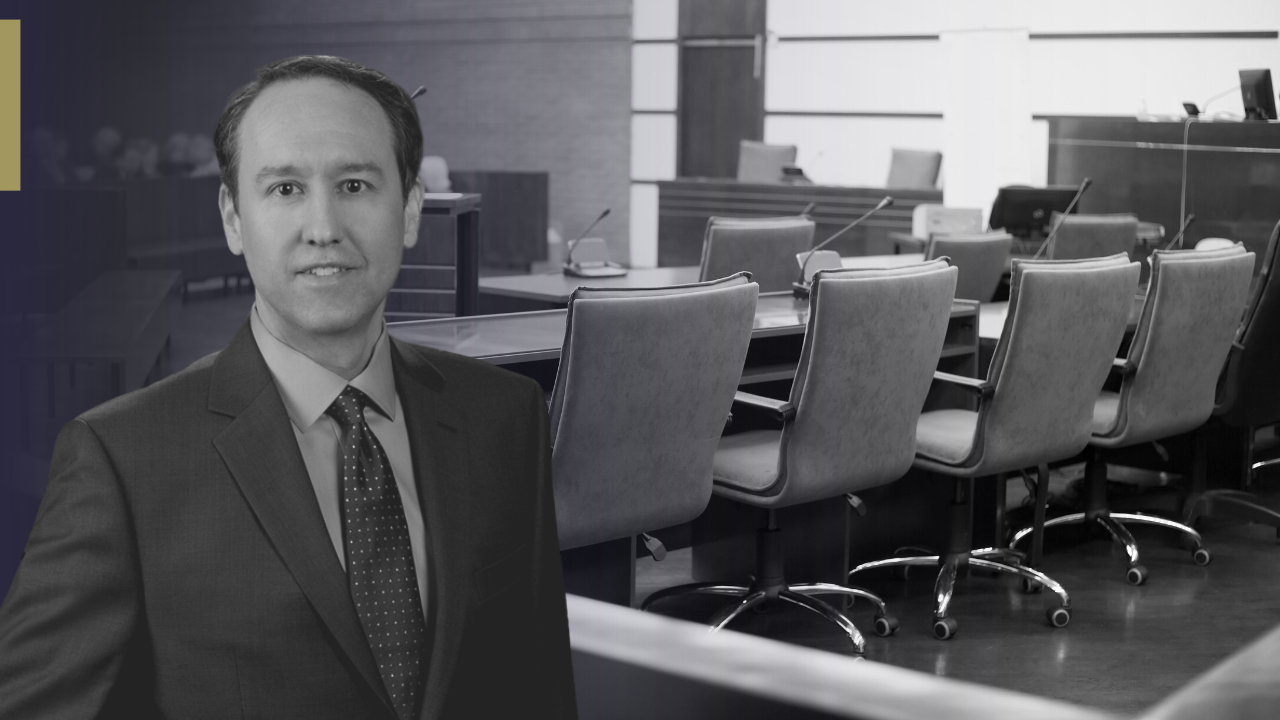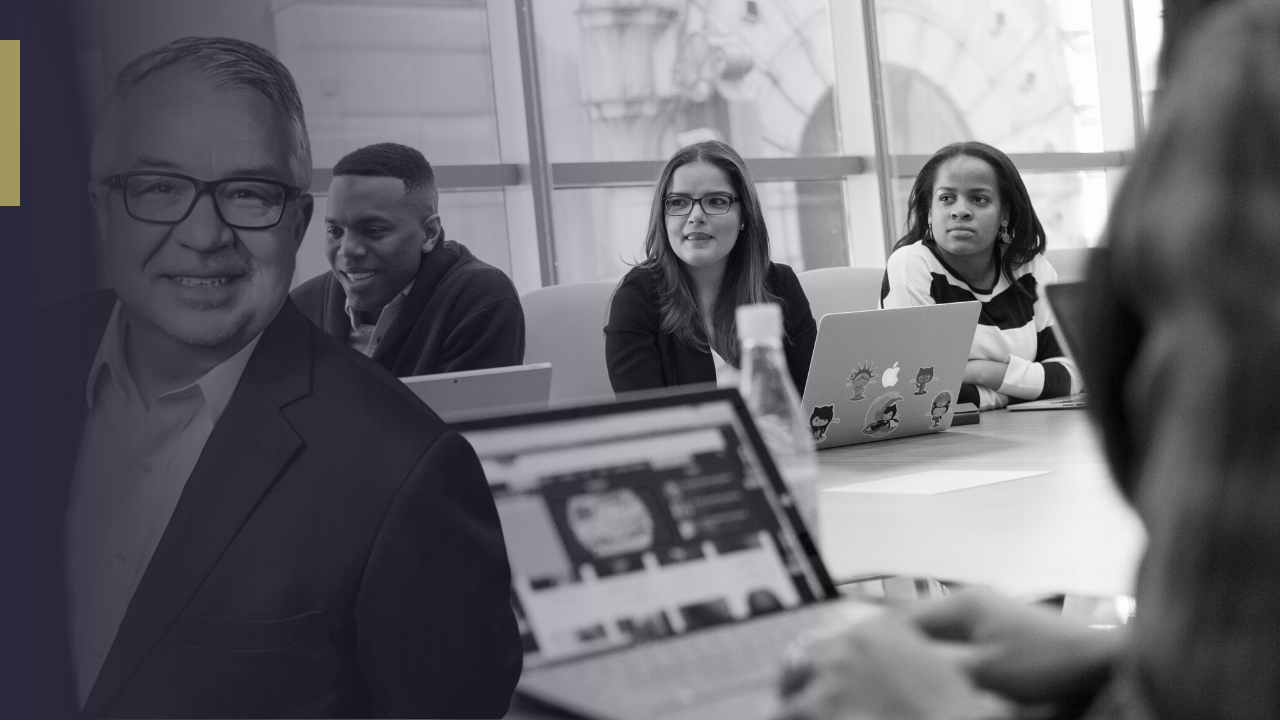Being an appellate lawyer is pretty much the same thing as being a professional writer – with a few notable exceptions. Writer’s block and procrastination are not really an option in the kind of writing I do. The penalty for incurable writer’s block isn’t mere artistic angst. Consequences for writer’s block include a client’s anger, the court’s anger, contempt, fine money, and possibly even jail. When writer’s block is not an option, I like using a great tool to stay on track. Over the past year, I have been using Evernote. Not only does it help my appellate practice. It’s like it was made for an appellate lawyer.
What is Evernote
In short, it’s a place to put stuff, organize stuff, and easily find stuff later. The more you use it, the more it becomes something of an external brain. The CEO of Evernote,Phil Libin, defines it in his quick Evernote elevator pitch.
I’m not the first lawyer who’s written about how awesome it is. Ben Stevens wrote about it on his blog a year ago. The Evernote Blog profiled Andrew Flusche, a Virginia lawyer who uses it in his criminal law practice. Eric Mazzone wrote a few years ago about how he uses Evernote for contact resource management.
I don’t think I have thought up all the ways to optimize it yet. But below are some examples of how I use it for my Georgia criminal appellate practice.
First Client Meeting
I have terrible handwriting. And stuff I write on paper tends to find its way far away from where it can be useful to me. The process of getting retained for appeal is often more involved than getting retained in a trial case. It often takes several phone calls, interviews, and tracking down records just to get a handle on a case’s procedural posture. So, I may gather several documents and take a bunch of notes in a case where I have not technically opened a file. Where to put all of the stuff you accumulate in the getting retained/exploratory phase? There are also other issues that arise after I am retained.
I don’t like paper files for several reasons. One is that I don’t just work at my office. I work at home, in restaurants, in prison attorney booths waiting for guards to locate my client, courthouse conference rooms, jury boxes and holding rooms (not while juries are in them), in various Starbucks locations, and various other places the glamorous life of a sole practitioner/father of three might take me. Appellate files are huge, too.
Evernote is perfect for all of the above. I use it as a simple text editor to take notes during initial interviews, as I call clerks’s offices around Georgia, and as I research where a potential client is being held.
After I am Retained
I use RocketMatter to manage my ongoing cases. Even still, I find Evernote helpful. I type up transcript digests there. I send case law there. I even record interviews and put them in Evernote with interview notes. I also use Evernote as a place to track tasks.
There is an app on my Android phone that can be used to convert documents into pdfs through the use of the phone on the camera. So, if I find myself in a clerk’s office with a couple of pages to copy, Evernote is a great place to track all of that.
Using with Many Platforms
I have Evernote on my laptop, office computer, Android phone, and iPad. So, whenever I need to capture information via typing, a photograph, or audio recording, I can easily get things into it. I can then extract it later into RocketMatter or into a brief I am writing, or an argument I am preparing.
Sharing
With a recent update for Mac, you can also share notebooks. Which I suppose could be used to share information with un-incarcerated clients who also use Evernote. I haven’t tried that yet. But the sharing function is good for working with co-counsel in another office or with an administrative assistant.
Getting Some Writing Done
Evernote is also a great place to draft briefs, articles, pleadings, memos and letters. You can then block and copy the text into Word, Pages, or other word processors.
I’ve been using it to with Scrivener on larger projects by extracting my Evernote materials into the research section or into the draft of a writing project.
And I think I’ve just scratched the surface in all that I could be doing.
And finally, I can take a picture of my parking place at oral argument and upload it to Evernote. One less thing to worry about for someone like me who can remember the name of an obscure case from 1907 but not what floor of the parking deck where I left my car.


